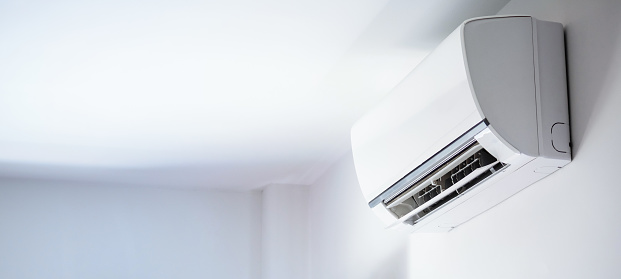
Investing in property has long been a favoured method for building wealth, and positive gearing is a strategy that offers unique advantages. Positive gearing occurs when the income generated from a rental property exceeds the expenses associated with owning and maintaining it. This approach can provide investors with steady cash flow, tax benefits, and the potential for long-term capital growth.
Here’s an in-depth look at positive gearing property investments and how they can be a smart addition to your financial portfolio.
What is Positive Gearing?
Positive gearing occurs when your property’s rental income surpasses its costs, including:
- Mortgage repayments
- Property management fees
- Insurance
- Maintenance expenses
- Taxes
This surplus income results in immediate positive cash flow, which can be used to reinvest, pay down debt, or boost your overall income.
Advantages of Positive Gearing
- Steady Cash Flow: Positive gearing ensures a reliable income stream that can supplement your earnings and improve your financial stability.
- Reduced Financial Stress: Since the property generates enough income to cover its expenses, investors don’t need to dip into personal savings to sustain it.
- Tax Benefits: While positively geared properties generate taxable income, you can still claim deductions for expenses such as depreciation, repairs, and maintenance.
- Easier Loan Repayment: The surplus income can help pay down the mortgage faster, reducing the overall interest paid over the life of the loan.
- Potential for Capital Growth: In the long term, the property’s value may appreciate, providing a significant return on investment when sold.
Challenges of Positive Gearing
- Higher Tax Liabilities: Since the income from a positively geared property is taxable, you may face higher tax obligations.
- Lower Capital Growth Areas: Positive gearing properties are often found in regional or less popular areas, which may have slower capital growth compared to metropolitan locations.
- Market Dependence: Rental income depends on tenant demand, and any fluctuations in the rental market can impact your returns.
How to Find Positively Geared Properties
- Research Rental Yields: Look for properties in areas with high rental demand and competitive purchase prices. A rental yield above 5% is often considered favourable for positive gearing.
- Consider Regional Areas: Regional markets often offer lower entry prices and higher rental yields, making them attractive for positive gearing strategies.
- Evaluate Infrastructure and Amenities: Properties near schools, public transport, shopping centres, and employment hubs tend to attract tenants and secure steady rental income.
- Work with Professionals: Engage a property investment advisor, real estate agent, or financial planner to identify opportunities and assess potential returns.
Who Should Consider Positive Gearing?
Positive gearing is ideal for investors who:
- Seek immediate cash flow rather than relying solely on long-term capital growth.
- Prefer lower financial risk and self-sustaining investments.
- Have higher incomes and can comfortably manage any increased tax liabilities.
Tips for Successful Positive Gearing
- Diversify Your Portfolio: Balance positively geared properties with other investments to spread risk and maximize overall returns.
- Regularly Review Performance: Monitor your property’s financial performance and make adjustments as needed to maintain profitability.
- Leverage Tax Benefits: Work with an accountant to ensure you’re claiming all allowable deductions and optimizing your tax position.
- Consider Future Growth: Choose properties in areas with the potential for both high rental yields and long-term capital appreciation.
Conclusion
Positive gearing is a powerful investment strategy that can provide steady income and financial security. While it’s not without its challenges, understanding the nuances and working with experts can help mitigate risks and maximize benefits. For investors looking to enhance their portfolios with income-generating assets, positive-gearing properties offer a compelling opportunity.
Explore how positive gearing fits into your financial goals by consulting with real estate and financial professionals. With the right approach, you can turn your property investments into a robust source of wealth creation.





